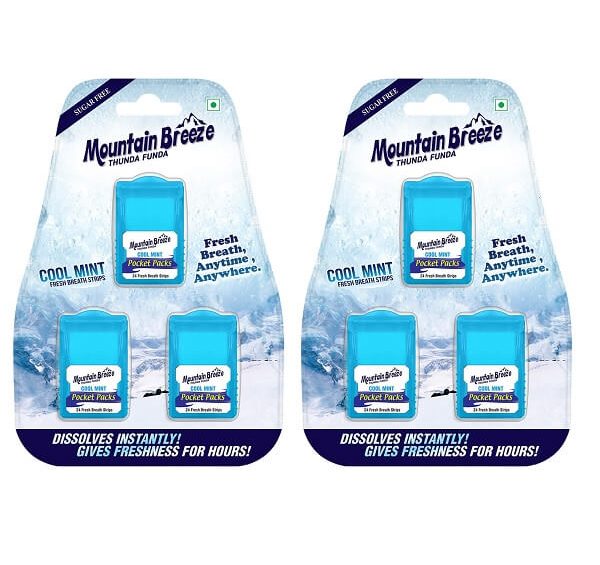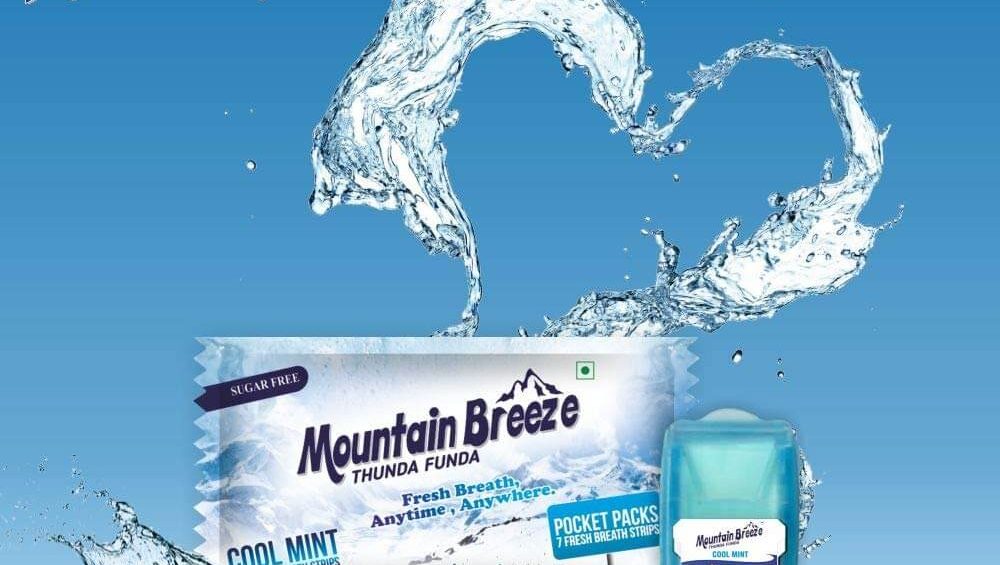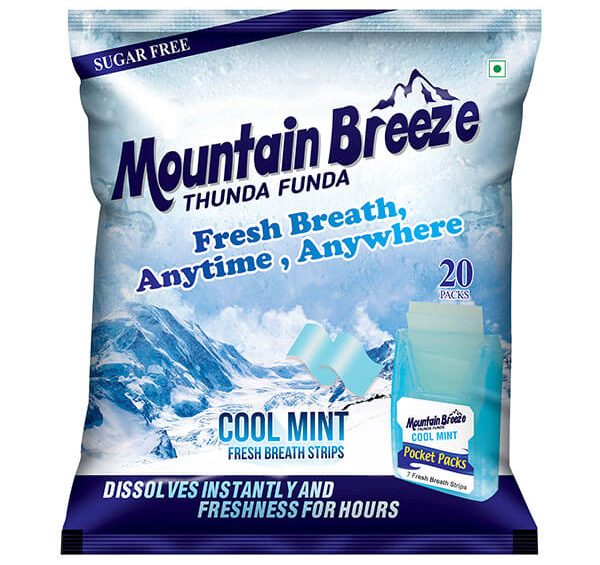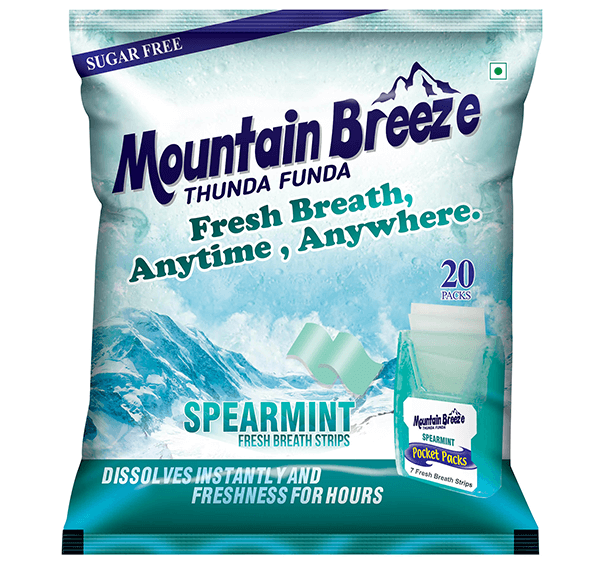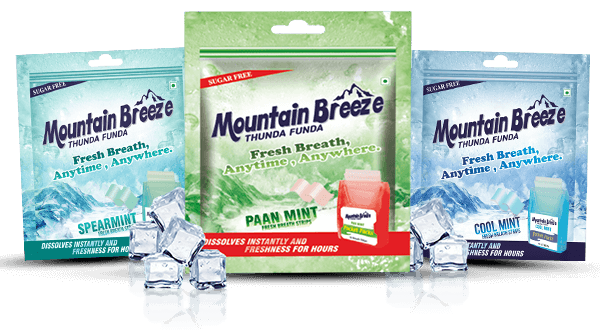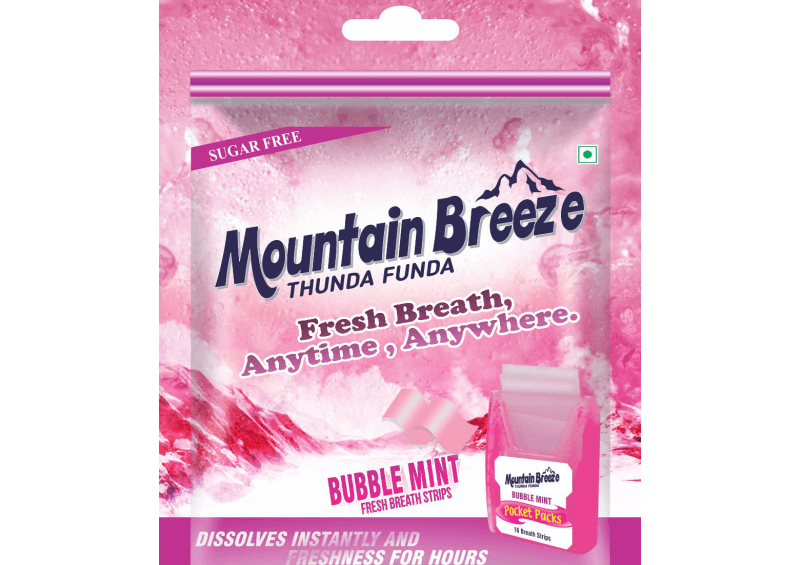Traveling can be an exhilarating experience, whether it’s for business, pleasure, or a mix of both. However, the journey often comes with its own set of challenges, particularly when it comes to maintaining personal hygiene and freshness. One often overlooked but essential travel accessory is the pocket pack friendly mouth freshener. Compact, convenient, and highly effective, these small yet powerful tools can significantly enhance your travel experience. Here’s why pocket pack-friendly mouth fresheners are a must-have for travelers.
Convenience and Portability
The primary advantage of pocket pack friendly mouth fresheners is their portability. These products are designed to fit easily into your pocket, purse, or carry-on bag, making them incredibly convenient for on-the-go use. Whether you’re rushing through an airport, on a long train ride, or exploring a new city, having a mouth freshener ensures you can quickly freshen up whenever needed. Unlike larger hygiene products, pocket-sized mouth fresheners don’t take up much space, making them perfect for minimalist packers and those trying to avoid extra baggage fees.
Quick and Easy Freshness
Traveling often means long periods without access to your usual hygiene routine. Long flights, layovers, and road trips can leave you feeling less than fresh. Pocket pack mouth fresheners provide an instant solution. With just a quick spray, mint, or dissolvable strip, you can immediately freshen your breath and feel more confident in social interactions. This is especially beneficial during business trips, where first impressions are crucial, and bad breath can be a deal-breaker.
Confidence Boost
Meeting new people is a big part of traveling, whether you’re networking at a business conference or mingling with fellow travelers. Fresh breath can significantly boost your confidence in these interactions. Knowing you have a reliable mouth freshener within reach allows you to focus more on the experience rather than worrying about your breath. This can make a big difference in how you present yourself and engage with others.
Hygiene on the Go
Maintaining oral hygiene is crucial, but it can be challenging while traveling. Pocket pack mouth fresheners are a great way to bridge the gap between brushing sessions. While they don’t replace regular brushing and flossing, they help keep your mouth feeling clean and fresh in between. Some mouth fresheners also contain antibacterial agents that can help reduce the number of bacteria in your mouth, further contributing to oral hygiene.
Variety and Choice
Pocket pack mouth fresheners come in a variety of forms, flavors, and formulations, allowing you to choose the one that best suits your needs and preferences. There’s something for everyone, from traditional mints and gum to sprays and dissolvable strips. Flavors range from classic mint to more adventurous options like cinnamon or fruit flavors. Some fresheners even offer additional benefits, such as teeth whitening or cavity protection, adding extra value to your travel hygiene routine.
Ideal for Different Travel Scenarios
Different types of travel present different challenges, but pocket pack mouth fresheners are versatile enough to handle them all. On a plane, the dry air can lead to dry mouth and bad breath; a quick spray or mint can help counteract this. On a road trip, frequent stops at fast food restaurants can leave your mouth feeling less than fresh, making a pocket pack mouth freshener a handy tool. Even on an outdoor adventure, where you might be miles away from the nearest bathroom, having a freshener in your pocket can make a big difference in your comfort and confidence.
Cost-Effective Solution
Traveling can be expensive, and it’s always nice to find budget-friendly solutions that enhance your experience. Pocket-pack mouth fresheners are typically affordable, and their benefits far outweigh their cost. Investing in a small pack can save you from the discomfort and embarrassment of bad breath, making them a cost-effective addition to your travel essentials.
In conclusion, pocket-pack-friendly mouth fresheners are indispensable travel accessories for anyone who values convenience, hygiene, and confidence. Their compact size makes them easy to carry, and their instant effectiveness ensures you can maintain fresh breath no matter where your travels take you. Whether you’re navigating a busy airport, embarking on a long journey, or meeting new people, having a mouth freshener at your fingertips can significantly enhance your travel experience. So next time you’re packing for a trip, don’t forget to include a pocket pack mouth freshener – your future self will thank you

